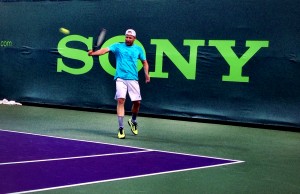
By Scoop Malinowski
Tennis is a popular racquet sport played by hitting a hollow rubber ball with a racquet over a net and into the opponent’s court. Tennis, whether played individually or by two players, can be played with family and friends. But aside from the fun, playing tennis has several benefits. It can help improve hand-eye coordination, reduce the risk of cardiovascular diseases, burn calories and lose weight.
In addition, playing tennis can minimize stress and improve your social skills over time. That said, there’s no question why many individuals enjoy playing tennis for professional or recreational purposes.
Therefore, if you want to maximize your tennis playing experience, you must familiarize yourself with some fundamental strategies. These may include tennis improvisation techniques.
Generally, a good player knows he or she has to improvise on the court. Fundamental techniques are important and need to be “perfect” in order to sustain 20 and 30 ball high speed rallies.
Locking into certain patterns of consistency are the backbone of a quality match but to set apart from the opponent, the winning player usually can step it up at the key moments and create something different, like a drop shot winner, a sudden laser beam winner or a short angle set up to open the court for the winner.
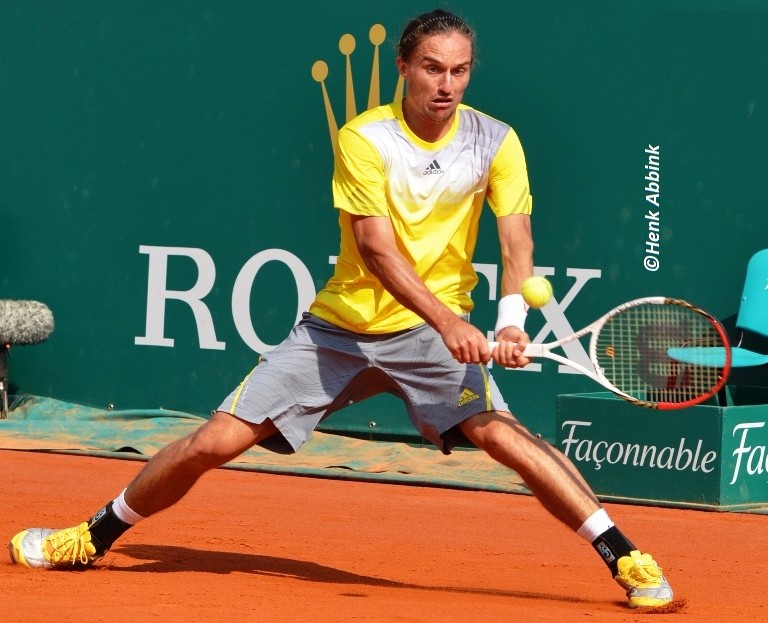
Having an improvisational mindset is not limited to just the court action either. A smart player always has an open mind to new ideas to improve. For instance, if you like to play tennis in locations other than a tennis court, you may wish to improvise your tennis net. This requires using a portable net that you can move from one location to another.
You can use a portable tennis net in your expansive backyard, driveway, or gym to play tennis. However, if you haven’t bought one yet, you can check out some reputable product websites and digital platforms for more information.
Conversely, there are additional ways to improvise a tennis match. As an example, former pro Jeff Salzenstein said he was stuck at 150 in the world in 2000 when he observed the 18 year old junior star Andy Roddick in his first ATP season producing some notable results with his Babolat Pure Drive racquet.
Salzenstein liked what he saw from Roddick and decided to begin using the same Babolot racquet which he said gave him extra power and also five miles an hour more speed on his serve.
Salzenstein’s decision to improvise his racquet arsenal turned out to be a successful endeavor as he soon initiated a streak of positive results and cracked into the top 100 for the first time.
I saw current Cornell first singles player Lan Mi show fine improvisation skills at the Orange Bowl 14s girls tournament in Miami in 2019. Lan was locked into a fierce battle with the former no. 1 ranked under 12s girl from Canada named Cadence Brace, now 17 and ranked in the WTA 700s. At 6-4 4-4 in the second set, Brace had just rallied from a 1-4 deficit with outstanding, consistent baseline striking. As a Canadian who trains about half of the year indoors, Brace is lethal from the baseline and not quite so much in the forecourt or outside her comfort zone.
The Chinese player Lan had a little more versatility in her game and summoned some key improvisation shots in the 4-4 game. She had the courage to try the drop shot and the short angle cross court shots and won key points with these unexpected shots.
Both of these final two games were hard fought battles but I felt it was Lan’s bravery to try these different shots under pressure which helped her to close out the match 6-4 6-4 over an excellent player Brace from Ontario.
Brad Gilbert revealed to me for my book Facing Hewitt that there was a certain improvisation tactic which proved to be successful against Lleyton Hewitt for his two charges Andy Roddick and Andre Agassi. Gilbert said Hewitt was especially effective when given pace and he was most dangerous when pulled out wide and forced to hitting a kill shot on the run. Conversely, Hewitt was not as effective with slower, no pace balls down the middle where he would have to create the pace for his reply shot.
I can think of two times when an improvisation helped me to win USTA tournament matches. Once was in an open final against a lefty who was grinding just a little better than me and he eventually got to net thanks to his heavy forehand to my backhand combo and won the key points at net to forge a hard fought 3-0 game. I realized I had to change it up so I decided to serve and volley the first point of the fourth game. Because my grinding game was feeding into his strength.
Guess what? The surprise improvisation of serve and volley forced a missed return. Then I did it again to the ad court and knocked off a volley winner. I won that game and the set 76 and then the second set 75. I realized those two serve and volleys, for some reason, changed his mindset. After that he never came to net, for some inexplicable reason. Having the courage to try an improvisation was the turning point of the match.
Another tournament I was down 2-5 and this opponent was killing me from both wings, he could hit winners cross court or up the line from both corners. He was a teaching pro, with a game built on ball machine feeds to the corners is my guess. Then suddenly I shanked a ball deep down the middle and surprised by it, he missed his forehand wide. It dawned on me: This player doesn’t like balls deep down the middle. Guess what? I won the match 76 60!
For my Facing McEnroe book a young pro told me he was used as a sparring partner by John in New York City. When I asked if John ever gave him any helpful advice he said yes. McEnroe said no matter how badly you are getting killed, you can turn the match around with one point. Just try and formulate a strategy for the next point and try to execute it. And if you can execute it and win that point it can change the whole match around.
I was told about the 50s national clay courts final played in Sarasota a few years ago. One player was losing and in the second set improvised to hit everything slow and deep, giving his opponent no pace and nothing in his strike zone. He junked the match down and came back and won.
Another improvisation idea I would suggest is for a player to practice with and use various different tennis racquets, different brands, different sizes, different weights, frames. Because our preferred racquet feels terrific vs certain styles and awkward and uncomfortable, too light or too heavy vs other styles. It’s perfectly logical to have a certain heavy racquet when you feel extra power is needed. Like, my Volkl Tour 8 works perfectly against most players, the control and touch are brilliant. But against the better players it lacks power from the back court and on my serve so I must change to a heavier, more powerful Volkl Tour 10 or Wilson Burn.
Do you think Federer and Sampras should have improvised and used a different, larger faced racquet for Roland Garros? Of course they should have – combined, they only won one Roland Garros title between them. Maybe with a different racquet both could have won more titles in Paris.
Nadal is a master of improvisation. He comes to net, he hits drop shots, wicked angles, lobs, and he changes his return position however he rarely, very rarely, attacks off his return and moves forward. With the quality of his return, that tactic may work if used at the right time as a surprise.
Surprises work in tennis more than you may think. Gilad Bloom told me he was called to be a sub for a senior event in Brazil and was to face Marcelo Rios who was crushing the circuit at the time. Bloom said he trained for a month with John McEnroe to get ready for Rios and in the match Bloom decided to improvise on every single point!
Bloom’s idea was to do something different on every single ball, chip and charge, lob and come in, rip a winner, rip a big shot and come in, drop shot, drop shot and lob. Bloom said doing something different on every point totally messed up Rios who was unable to get any rhythm. Bloom shockingly killed Rios like 6-1 6-1 with his ability to execute improvisation tactics.
So when you work on the your game always try to think outside the box and your comfort zone and try to be creative and add improvisational touches to your strategies. Playing the same old normal game can work and probably does work for you but adding some new dimensions to your tactical arsenal will take you to a higher level.




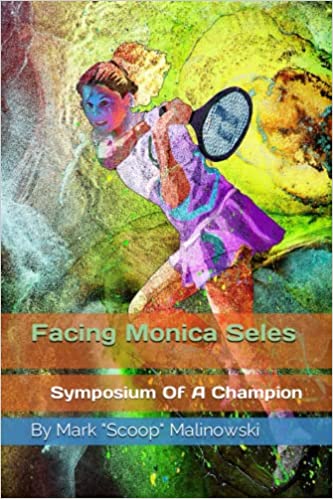

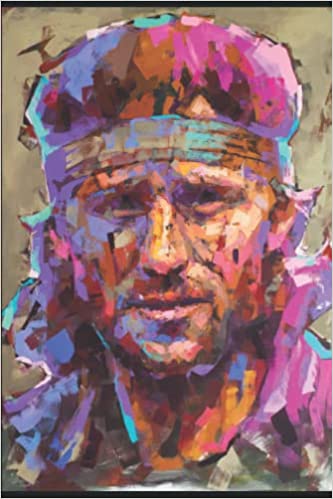
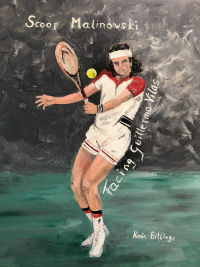
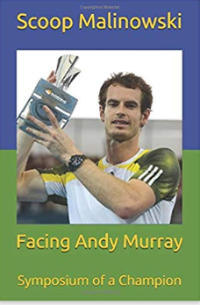
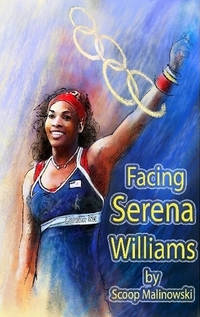
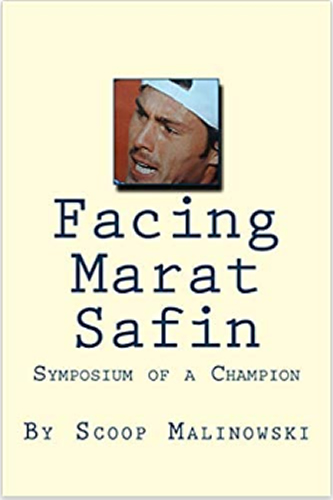
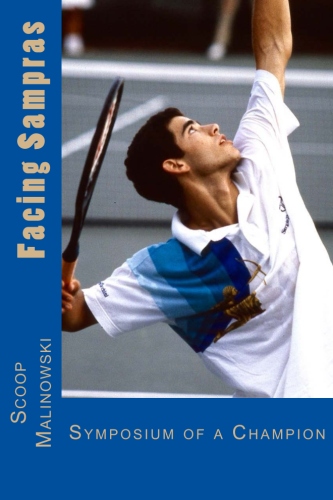
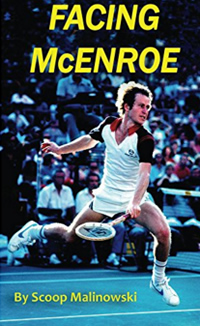
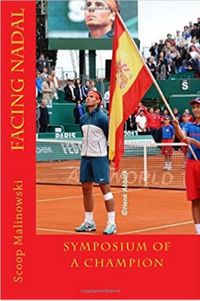
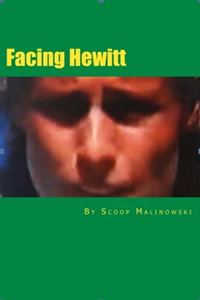
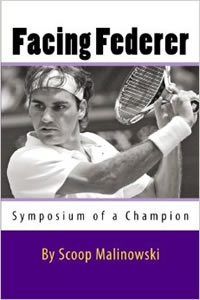
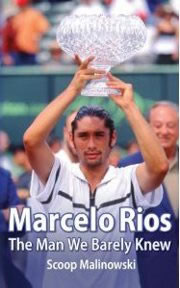

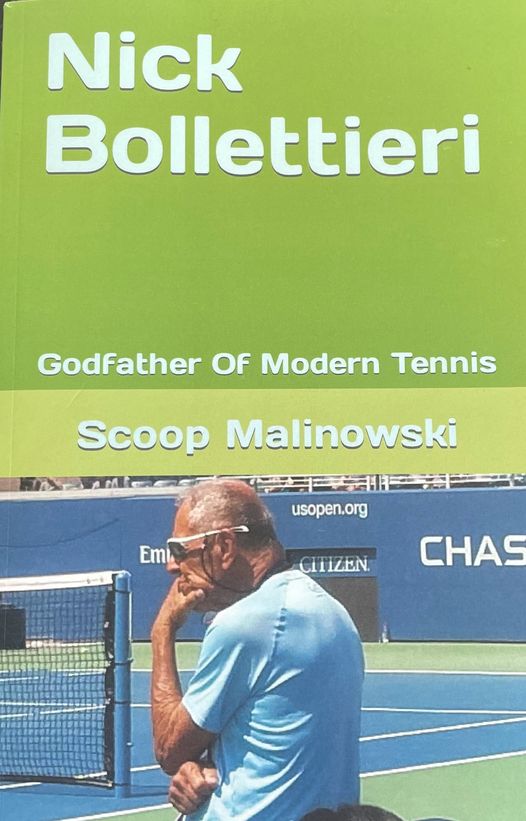

Scoop Malinowski · December 21, 2018 at 11:19 am
Consistency is the refuge of the unimaginative. – Oscar Wilde